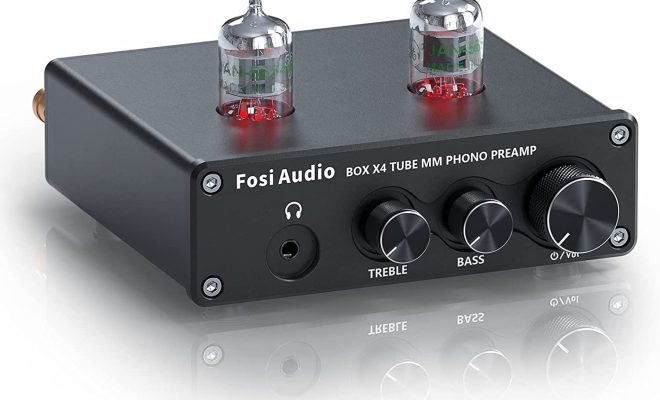What Is a Preamp and How Does It Work?

A preamp, short for preamplifier, is an essential piece of gear in any audio system that amplifies the low-level signals coming from various sources before sending it to a power amplifier, which further boosts the signal for the speakers to produce sound. A preamp acts as a bridge between the sound source and the amplifier and is responsible for managing the signal’s gain, impedance, and tone.
In simpler terms, a preamp increases the signal level from an audio source to a level that the power amplifier can work with. Without a preamp, the audio signal would be too weak to drive the amplifier, resulting in low volume, weak sound, and unwanted distortion.
Preamps can be found in various audio systems, from home audio setups, studio audio equipment, and musical instrument setups, and come in different designs, including tube or valve preamps, solid-state preamps, and hybrid preamps that combine both tube and solid-state technologies.
The basic function of a preamp is to amplify the audio signal’s voltage level while reducing its impedance to improve the signal quality and prevent signal loss. It then sends the amplified signal to the power amplifier for further amplification, bass, and treble adjustments, and final output to the speakers.
The preamp also provides additional features that allow the user to adjust the tonal characteristics of the audio signal. These include tone controls that allow users to adjust the bass and treble frequencies and filters that adjust the EQ settings of the audio signal. Preamps can also include other features such as distortion controls, compression controls, and other sound-shaping tools.
The design of a preamp is critical to achieving optimal audio quality. Manufacturers use high-quality components and circuits to ensure clean and accurate amplification, which is crucial in the studio when recording and mixing music or on stage when performing live.






